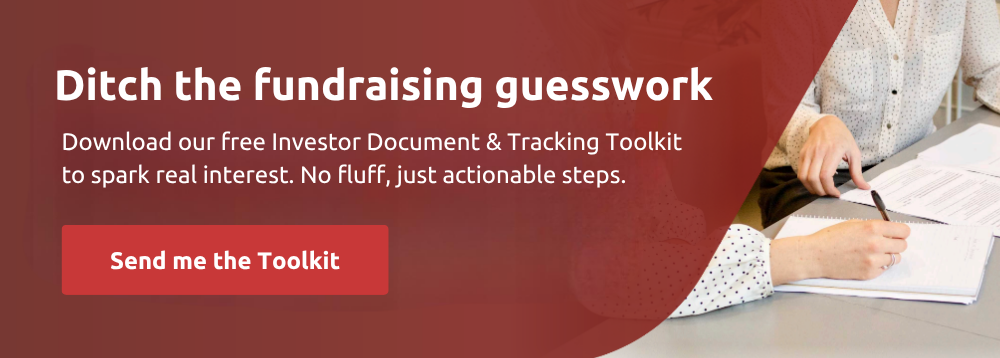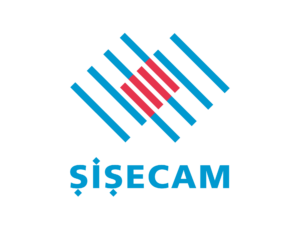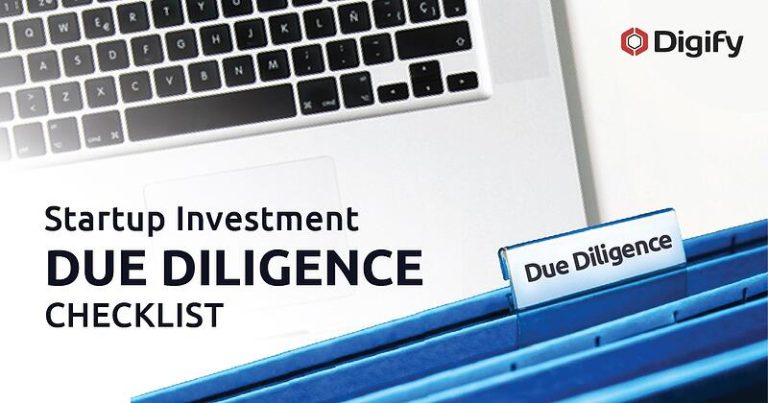This article is part of The Complete Guide to Raising Funds from LPs. The guide covers everything from defining your investment thesis and building strategic fundraising plans to mastering investor due diligence and navigating emerging trends like AI and ESG integration.
Each chapter builds on the previous ones to give you a complete fundraising playbook. While the article below is very informative, you’ll get the most value by reading the entire guide to see how you can fast-track your fundraising process.
The path from investor commitment to closed capital involves complex legal, operational, and strategic considerations that can significantly impact fundraising success. The structure and timing of fund closings significantly influence fundraising momentum, investor sentiment, and operational efficiency. The market is becoming more challenging, with the average time to reach a final close for a private equity fund rising to 23.4 months in 2024, up from 13.3 months in 2020, suggesting a shift in modern fundraising dynamics. This trend favors multiple strategic closings that build momentum while accommodating varied investor timelines, moving away from single ‘big bang’ approaches. With funds taking longer to reach their targets, planning for strategic closings is more important than ever.
First Close Strategy and Execution
The first close represents a pivotal moment transforming theoretical investor interest into concrete commitments. Success requires balancing competing objectives: achieving sufficient scale for credibility, maintaining momentum for subsequent closings, and accommodating anchor investor preferences. While the traditional target of 40-60% of total fund size for a first close remains a common benchmark, market conditions can significantly alter this. For instance, in Q1 2025, 39% of closed-ended funds globally fell short of their target, highlighting the need for realistic thresholds.
Setting the first close threshold requires careful consideration of multiple factors. The minimum viable fund size must support strategy execution and operational sustainability. Investor signaling effects mean too small a first close can deter subsequent investors while too large a threshold may delay closing unnecessarily. Timing is also dictated by anchor investor requirements, as major investors may require specific closing dates or commitment levels. Additionally, market conditions influence optimal timing, with volatile periods potentially favoring faster closes at lower levels versus waiting for larger amounts.
Building toward the first close requires orchestrating multiple moving pieces simultaneously. Investor communications should create urgency without appearing desperate, emphasizing benefits of first close participation and scarcity of remaining capacity. Legal preparation must ensure all documentation is finalized well before target closing dates, as last-minute legal negotiations can derail carefully planned timelines. Internal readiness spans from operational systems to capital deployment plans, as investors expect rapid post-close execution.
Subsequent Closings and Final Close
Subsequent closings require different approaches than first close, focusing on converting pipeline prospects and leveraging momentum from earlier success. The period between first and final close often determines whether funds achieve target size or fall short of objectives.
Managing existing investor relations during subsequent fundraising proves crucial. First close investors become informal ambassadors whose satisfaction influences prospects. Keep up regular communication about deployment progress, team additions, and market developments in order to maintain engagement. Some funds create formal roles for major early investors in supporting subsequent fundraising through reference calls or co-hosting investor events.
The final close decision balances multiple considerations. Reaching target size provides obvious benefits but extending fundraising timelines creates distraction and market concerns. Portfolio deployment progress influences the decision, as investors question funds raising capital without investing existing commitments. Team bandwidth limitations eventually necessitate closing to focus on investing. Market conditions might suggest accelerating final close to avoid deteriorating fundraising environments or extending to capture improving conditions.
Optimizing the Subscription Process
The subscription process transforms investor commitments into legally binding obligations. While seemingly administrative, this process significantly impacts investor experience and operational efficiency. Modern subscription processes balance legal requirements with investor convenience through technology adoption and process optimization.
Subscription documentation serves multiple purposes beyond legal necessity. Core components include:
- Subscription agreement binding investors to fund terms
- Investor eligibility representations confirming qualified status
- Tax documentation enabling proper reporting
- Anti-money laundering verification satisfying regulatory requirements,
- Side letter negotiations documenting specific investor arrangements.
Each document type requires careful attention to both legal precision and practical execution. Subscription agreements must clearly articulate commitment amounts and timing, payment mechanics and default remedies, representation and warranty requirements, and governing law and dispute resolution. Seemingly minor drafting decisions can create significant downstream implications for fund operations and investor relations.
The SEC provides guidance on private offering requirements that shapes subscription documentation requirements. Side letter negotiations have evolved from exceptional accommodations to standard practice for institutional investors. Common provisions include fee arrangements, transparency and reporting enhancements, advisory committee participation, and transfer rights. Managing proliferating side letters requires systematic tracking, most favored nation provision management, operational capability to deliver varied commitments, and careful consideration of cumulative impacts.
Operational Readiness for Post-Close Execution
The period immediately following first close tests operational readiness as multiple demands converge simultaneously. Capital deployment pressure intensifies as investors expect rapid but prudent investment. Reporting obligations commence with quarterly reports and capital account statements. Investor relations shift from fundraising to ongoing communication. Administrative demands multiply across legal, tax, and regulatory requirements.
Capital Call Management
Effective capital call management balances portfolio needs with investor relations considerations. The first capital call sets important precedents for timing, documentation, and process efficiency. As a best practice, provide advance notice exceeding minimum requirements and clear documentation of capital uses. You should also provide documentation for consideration of investor fiscal years and liquidity planning, and respond promptly to investor questions.
Technology solutions for capital call management have evolved beyond spreadsheets to specialized platforms offering automated calculation of call amounts, multi-currency capability for international investors, integrated banking for wire verification, and detailed reporting for investor inquiries. The efficiency gains justify technology investment, particularly for funds with numerous investors.
Planning for Follow-On Fundraising
Successful first-time funds begin planning for follow-on fundraising from the moment they close. The 3-5 year period between fund launches provides limited time to establish track records, build organizations, and maintain investor relationships while executing current strategies.
Follow-on fundraising success depends heavily on demonstrable progress from prior funds. This creates tension between patient investing and the need to show results within fundraising timeframes. There are some strategies you can adopt for balancing these demands. For example, you could focus initial investments on faster return opportunities. Maintaining detailed documentation of value creation progress is always helpful. You should also secure independent valuations supporting interim marks and communicate portfolio developments consistently.
The J-curve effect inherent in private equity creates communication challenges during early fund years. Investors understand the J-curve intellectually but may still question negative returns during fundraising. Take the initiative to proactively communicate and explain expected return patterns, emphasizing value creation progress versus accounting returns. At the same time, provide context through market comparisons. All these can help maintain confidence during natural portfolio development phases.
Maintaining Investor Relationships
The quality of ongoing investor relationships significantly influences follow-on fundraising success. Regular communication beyond required reporting builds the trust and satisfaction that converts existing investors to re-ups while generating referrals to new prospects.
Systematic relationship management requires dedicated resources and processes. Customer relationship management (CRM) systems should track all interactions, preferences, and feedback. Regular touchpoints might include portfolio company site visits, sector education sessions, and informal update calls. The goal is maintaining engagement without overwhelming busy investors.
The journey from first close to follow-on fundraising establishes patterns that influence long-term firm success. Excellence in closing processes, subscription management, and post-close execution creates positive investor experiences that compound across fundraising cycles. Early investment in scalable infrastructure, systematic processes, and relationship management pays dividends as firms grow from emerging to established managers.
The most successful firms view each element, from first close strategy through follow-on fundraising preparation, as connected components of a comprehensive fundraising strategy. This holistic approach transforms administrative necessities into competitive advantages, creating the operational excellence and investor satisfaction that enables sustained growth across multiple fund generations.









